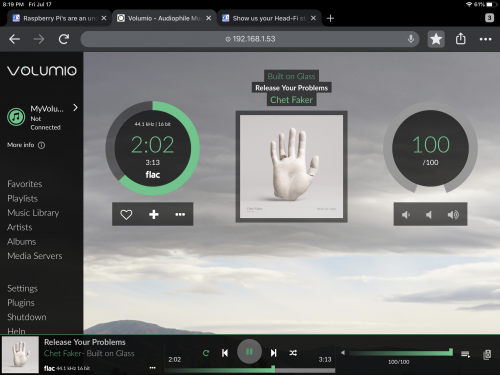sajunky
Headphoneus Supremus
I don't think it is worth an effort. How long is Rpi on the market? How many models were introduced? And they didn't figure out that USB performance is a key feature. Now Rpi4 comes out which fixes some limitations and all efforts are still at adjusting system clock frequency to the transfer rate.I don't think this falls in the catagory of "bit is bit is bit". All it takes is a spare SD card, try it out, and if you like it, keep it.
First things which shows immediately failure of this approach is that system clock is not directly linked to the USB frame rate as USB is a shared bus with multiple devices on the bus. Even with a single device USB driver waits for a proper time to send a next frame to the isochronous sink and precision of this moment is related to the delays in the interrupt driven routine that calculate this event in a software. Jitter is inherent in this design. I think there is confusion between bit-clock stability inside the frame and the time that marks the beginning of new frame. Number of samples inside the frame is adjusted a bit to achieve the average sample rate close to the standard audio sample rate frequency. It means that bit-clock cannot be used for the clock synchronisation, only a frame clock which is evaluated in a software.
Secondly and the most important is a point I made before. With a proper USB driver design there should be an option in software to switch to the event driven mode, similar to the applications for PC and MAC OS. Such option is mandatory as some older USB receivers cannot handle event mode, only a push mode (I described how it works in the previous paragraph). Lack of such option is an indication that Rpi is unable to work in the event driven mode and I know it would be wasting my time to try Rpi. Sorry guys...
Last edited:










